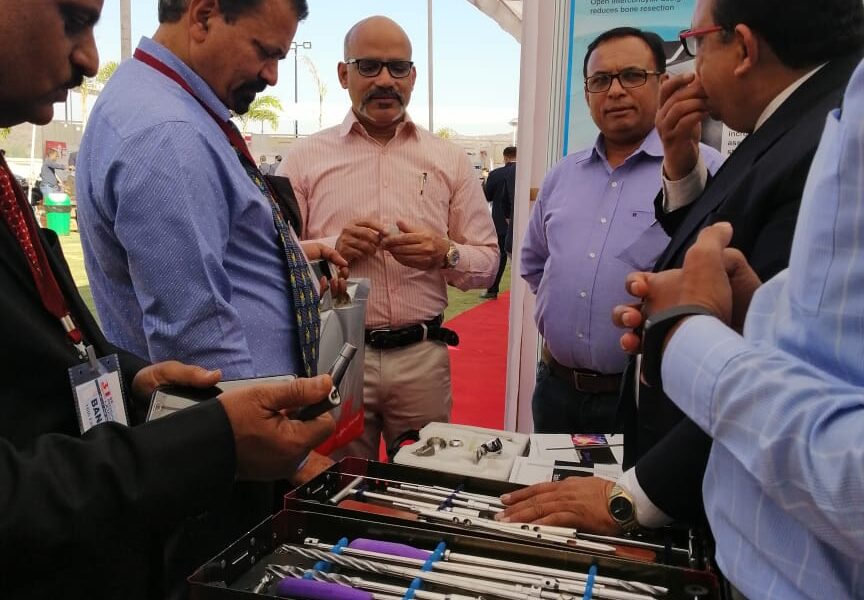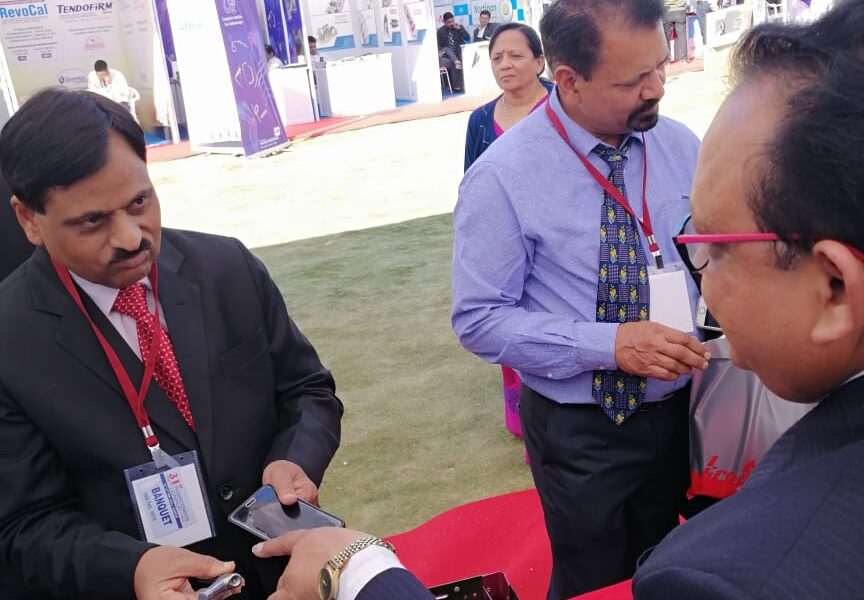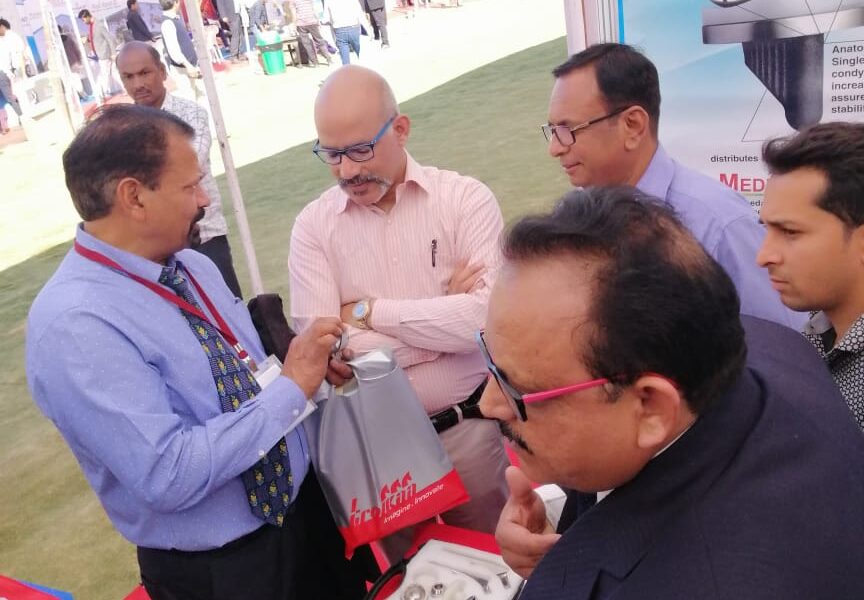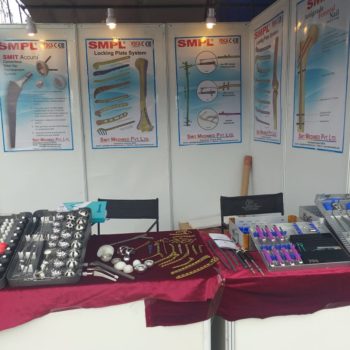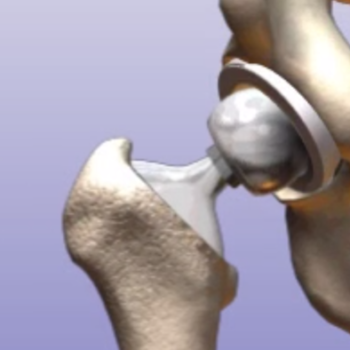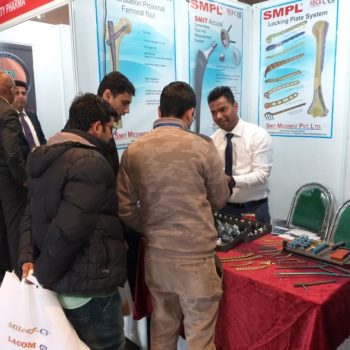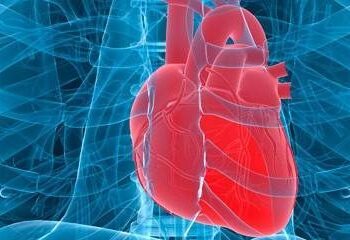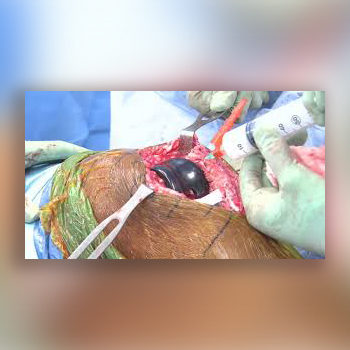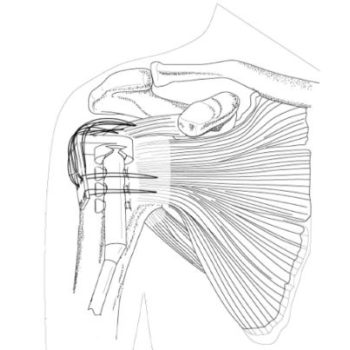
Nail Simplifies Two-Procedure Rotator Cuff Repair
A significant number of proximal humeral fractures occur with soft tissue injuries of the rotator cuff. Historically, fractures were treated separate from cuff tears with two procedures. Each procedure required different techniques and individual instruments. An innovative new utility patent has been issued to Dr. Michael Levy for the creation of a technology that bridges the concept of treating the fracture and the rotator cuff. This patented implant combines a flexible humerus nail with an external tab to aid rotator cuff repairs. This patent design work allowed him to get back into implant design, and integrate his surgical experience.
Prior to advances in bone and soft tissue anchors, implants, and arthroscopy, rotator cuff surgery was primarily performed via open incisions and cumbersome suture techniques. Operative treatment for the proximal humerus has run the gamut from pinning, plating, and nailing, to forward and reverse arthroplasty. Nails for the proximal metaphysis of the humerus have undergone a wide spectrum of design ideas including semi-rigid and flexible nails with and without cross locking. Little has been done to combine cuff repairs and fracture fixation.
Past treatment of both injuries involved a flexible nail that accepted sutures to hold down the cuff and cover the humeral head. This is commonly known as the parachute technique, employing two Enders flexible nails in the proximal humerus. The inspiration for the new patented nail with a tab was to simplify the cumbersome suturing required for cuff repairs, and incorporate an updated, more versatile nail with better fixation options.
The current nail design comes in three lengths: 240 mm, 260 mm, and 280 mm. The nail is designed with three staggered proximal holes angled for humeral head cross locking screw fixation. The proximal portion of the nail is 9 mm, while it tapers distally to 4 mm for ease of implantation. The flexible nail can be driven into the distal humerus, negating the need for difficult and dangerous distal cross locking. A locking dovetail holds the tab in position on the lateral footprint of the rotator cuff tear. Sutures pass through holes in the tab for ease of use.


